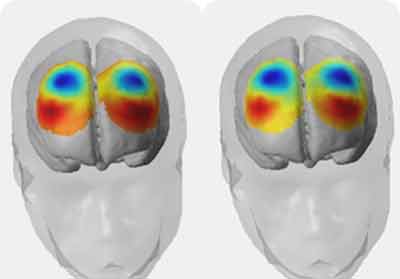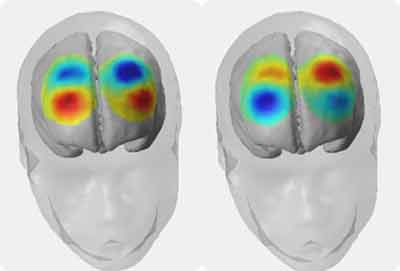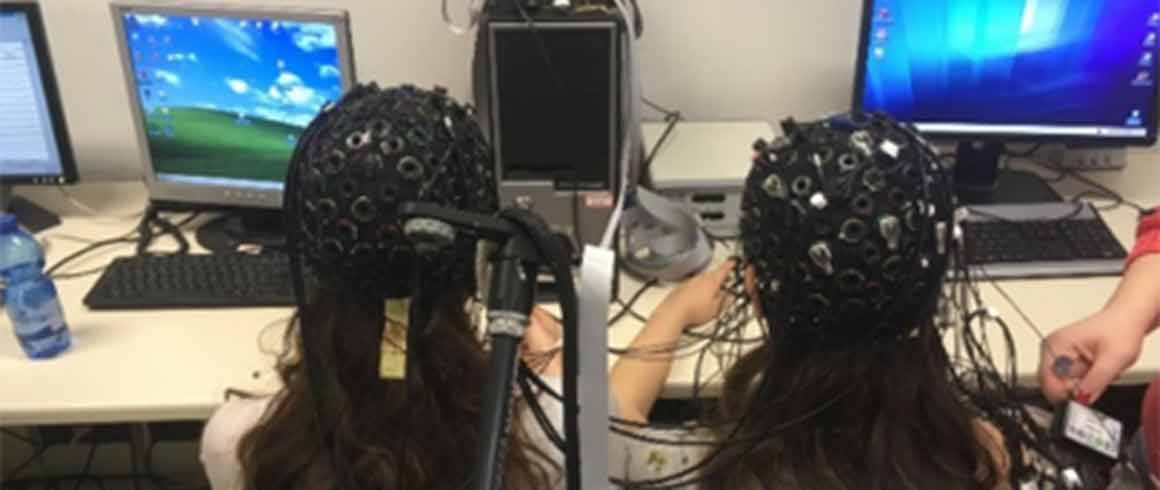di Laura Angioletti *
Our brains and our bodily responses tell us that the more we can develop a shared "language" through the inter-subjective brain and body connectivity, the more we are able to recognise the other people, to empathize with them, and to listen to them.
This is in a nutshell the result of a recent experiment conducted by Professor Michela Balconi, Professor of Neuroscience at the Faculty of Psychology of Università Cattolica, and by her working group at the International Research Center for Cognitive Applied Neuroscience (IrcCAN).
Ascolta "Empowering brains in interaction" su Spreaker.
How to empower the mind of professionals at the workplace? Which tools does neuroscience discipline provide to effectively improve our strategies for achieving good results during working activities such as conducting a meeting, organising our team activities or communicating with our collaborators?
Cognitive neurosciences provide us some techniques to answer these questions. The brain interaction study has recorded the mental (brain) activity of couples of managers and collaborators through the so-called hyperscanning technique. By using a neuroimaging tool such as the functional Near-Infrared Spectroscopy (fNIRS), this technique allows to detect the haemodynamic activity of two (or more) interactive brains, visualizing how brain activity changes to ensure good synergy (when inter-cerebral connectivity between individuals increases) or, on the contrary, to highlight the lack of tuning between the two interacting brains (with low inter-cerebral connectivity).
Monitoring using this neuroscientific technique was performed as field research, in various business applied contexts (in particular, multinational companies operating in the communication sector; national transport companies; consultancy companies) during the assessment-feedback interview between boss and employee. The application of some neuroscientific caps for the acquisition of the haemodynamic signal on the heads of the participants involved in the experiment allowed to detect how the activity of the two brains can tune, thus ensuring an effective and clear communication, or, on the contrary, can diverge, thus limiting the effectiveness of communication and creating "insurmountable walls" even without the conscious knowledge of the people involved.
Specifically, in the research two antithetical modes of communication were compared during the performance assessment: that is the presence (rating) or absence (no rating) of a numerical and quantitative evaluation of the performance; two opposing communication styles, participatory or directive, adopted by the boss.
Within specific protected settings that have guaranteed a scientifically reliable detection, 21 couples of boss-employee were analysed, while the assessment interview was taking place. Findings clearly indicate that a no rating condition and a participatory style promote a better involvement (synchronised behaviour from an attentive point of view) and activation (tuning and emotional engagement) of the subjects, albeit in different ways between the boss and the collaborator and in relation to the different organisational contexts analysed.
The neural connectivity index (the numerical index expressing the degree of neural tuning between two brains) showed an increase precisely in the conditions of participatory and shared style and when the collaborator did not receive an evaluation expressed in numbers but a more narrative one, with the possibility of mutual feedback.
In other words, our brains and bodily responses tell us that the more we are able to develop a shared "language" through inter-subjective brain and body connectivity, the more we are able to recognise the other people, to empathise with them, and to listen to them. In this way we maintain both high levels of attention and content sharing and a good degree of emotional participation. At the basis of these mechanisms, it is possible to hypothesize the recruitment of mirror neurons, which create a connection between two people by activating homologous areas and according to synchronous processes in the two brains. Moreover, it has been demonstrated that, among the brain mechanisms capable of guaranteeing intersubjective tuning, one must consider also the reward circuit, which responds to situations capable of generating positive sensations and responses in the human being: for this reason, only when there is a good tuning between the brains in action can individuals experience gratification and positive emotions.
The following figure shows the fNIRS signals of manager-employee “tuning” (a) or “not-tuning” (b) brains.

As a matter of fact, implicit and completely unconscious mechanisms guide our social interactions, that are regulated by the dynamics between the brains that influence the behaviour and the actions of individuals.
In view of these results, the next step is to develop training protocols that could help professionals, managers, but also more generally individuals in their daily life contexts, to improve their communication performance and action strategies, thus avoiding the creation of insurmountable relational "blocks". In line with these goals, IrcCAN is administering a series of protocols aimed at improving the "neural performance" of the interacting brains, through the development of a new digitized application. The results are promising and indicate how interpersonal difficulties and criticalities can also be addressed by establishing a "direct dialogue" between the brains of individuals.

* Researcher at the International Research Center for Cognitive Applied Neuroscience, Università Cattolica


